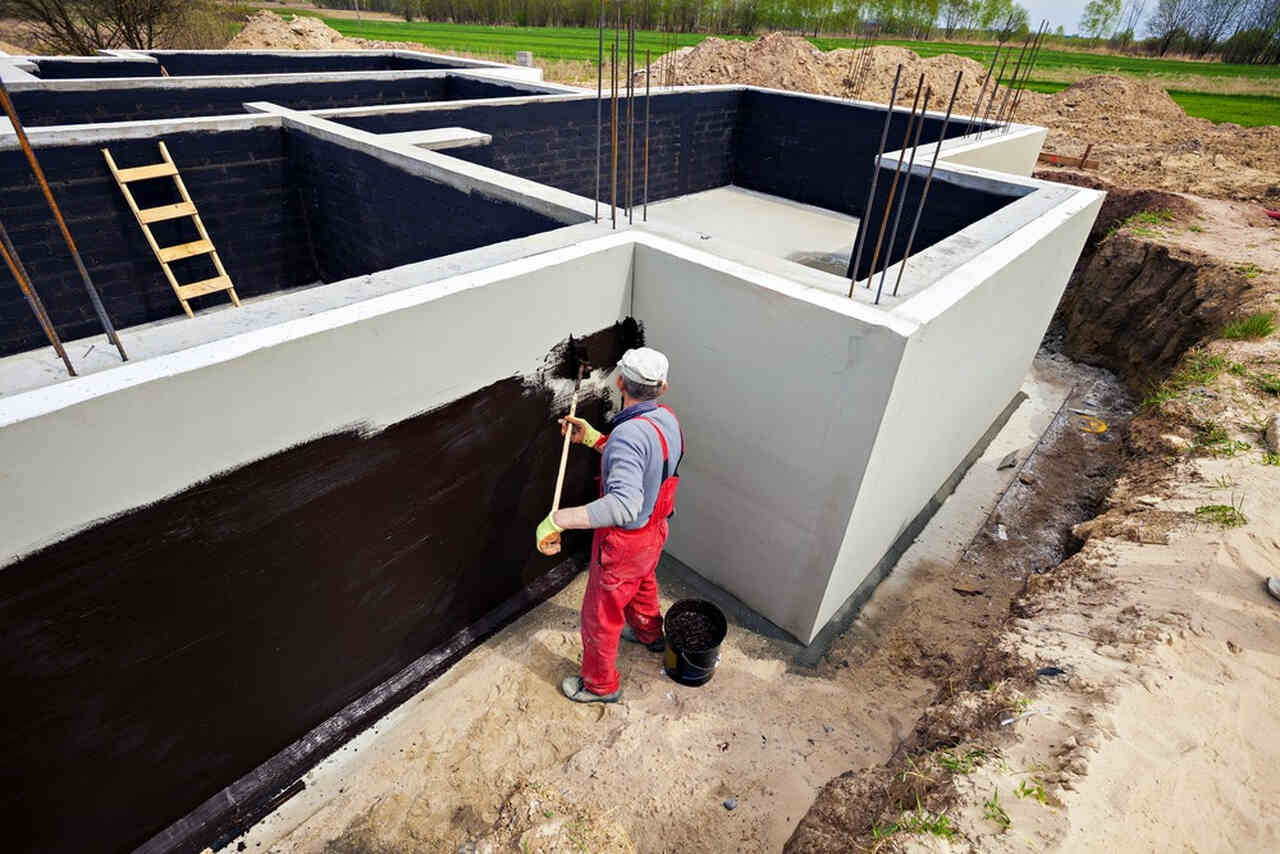Waterproofing solutions is a key aspect of maintaining the integrity and durability of any house or edifice. If you are a householder aiming to protect your home from the harmful effects of water or a construction professional looking to create sustainable buildings, understanding how to select the right waterproofing solutions is essential. Moisture damage can lead to high repairs, mold issues , and major problems, turning proper waterproofing a priority for everyone.

In this comprehensive guide, we will examine the various aspects of waterproofing, from recognizing the indications that your building needs waterproofing to comprehending the differences between interior and exterior approaches. We will also dive into the frequently encountered fallacies surrounding waterproofing, enabling you to make educated choices. With the proper knowledge and products, you can safeguard your house from damp problems and save yourself a lot of money in subsequent repairs.
Recognizing the Importance of Waterproofing
Waterproofing is crucial for every home as it protects structures from damaging water exposure, which can lead to significant restoration costs and considerable loss of property value. Moisture seepage does not only pose a risk to structural soundness but also to the health of occupants, as dampness can cause mold and fungi growth. By utilizing effective waterproofing measures, property owners can create a strong defense against the detrimental effects of water.
Ignoring waterproofing can be a financially burdensome mistake. The hidden damage from water intrusion can lead to large-scale repair bills that far outstrip the initial investment in waterproofing products and solutions. For instance, unaddressed moisture issues in crawl spaces can undermine the foundation, resulting in significant structural problems. Thus, comprehending leaky basement of waterproofing can protect you thousands of dollars in the future.
Additionally, waterproofing contributes to energy savings in buildings. When walls, roofs, and basements are properly waterproofed, they help maintain uniform indoor temperatures, reducing the necessity for overly high heating or cooling. This not only reduces power expenses but also improves overall comfort. Furthermore, a well-protected property is more durable in adverse weather conditions, ensuring enduring defense for your investment.
Key Factors When It Comes To Selecting Water-Resistant Products
As you choosing waterproofing products, the first important consideration is the exact area you need to protect. Various surfaces, such as basements, ceilings, and bathrooms, have unique requirements. For instance, basement waterproofing often requires solutions that can handle hydrostatic pressure, while roof waterproofing requires products that withstand UV damage and temperature fluctuations. Identifying the exposure levels and moisture conditions of the area will help in choosing the most effective product.
Another important factor is the kind of materials used in the waterproofing product. Look for high-quality materials that offer strength and longevity. Such as, membranes and coatings should be adaptable enough to adapt to building movement while maintaining a solid barrier against water infiltration. Additionally, consider whether you prefer a solvent-based, water-based, or cementitious solution, depending on the desired application and ecological impact.
In conclusion, the ease of application is crucial. Some waterproofing solutions are designed for DIY use, while some may require professional installation. Think about your skill level and if you have the tools needed for the job. It’s also prudent to assess the manufacturer’s instructions and recommendations regarding application conditions, such as temperature and humidity, to ensure optimal performance.
Common Water-Resistance Methods and Strategies
When it comes to protecting your property from liquid damage, there are various successful waterproofing solutions to consider. One widely-used approach is the use of waterproof membranes, which establish a barrier that prevents water from penetrating areas such as basements, dividers, and roofs. These membranes can be constructed from multiple materials, including rubber, tar, or polyvinyl chloride, and are appropriate for both interior and exterior applications. Adequate installation is essential to ensure that these membranes function effectively, thus protecting your assets from seepage and infiltration.
A different effective technique is the use of sealant materials and coatings. Browse around this site are put on directly to surfaces and function as a shield against liquid. For instance, waterproofing coatings can be applied to walls and roofs to prevent mold and mildew growth proliferation, particularly in bathrooms and kitchens. Additionally, elastomeric coatings are ideal for horizontal roofs, providing adaptability and durability to withstand extreme weather conditions while preventing liquid out. Choosing the suitable sealant for each individual area of your property is essential to ensure durability and maximized protection.
For external structures, consider installing drainage systems and gutters to redirect moisture away from your property. Trenches, submersible pumps, and gutter drains can successfully reduce the risk of liquid accumulation around bases and basements. Together with correct grading of the ground, these drainage solutions reduce the risk of water intrusion. Utilizing a comprehensive approach with these techniques ensures sustained protection against water damage, ultimately protecting you from costly repairs in the future.
